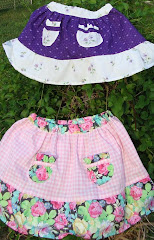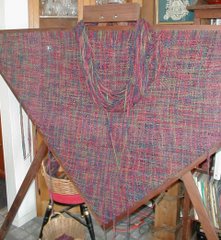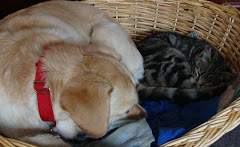Smokey, the grey silkie bantam, hatched last year is a cockerel.
Determining whether a chick is a pullet or a cockerel can be difficult unless they show specific sex-linked traits like feather barring or color. Smokey was pretty androgynous for the first 6-months. Then between Thanksgiving and Christmas, he began to crow. Good to finally know but bad because we've learned it's rarely a good idea to have two roos in a small flock.
We raise chickens for eggs but we are not vegetarians. We usually process extra cockerels for the freezer. Neither DH nor I wanted that to be Smokey's fate, however. The main reason? Because he's part of our backyard flock -- more pet than livestock. (For additional reasons, see note at bottom of post.) So we needed to find a new home for Smokey.
It needed to be a place where he wouldn't be penned with a full-size rooster as that would be potentially worse than here with us where he only had his sire, Badger, to contend with. We were in luck, tho, as the first person I told about the predicament had a co-worker who might be interested. Another homeschooling family, they were in the process of adding silkie bantams to their homestead flock and offered Smokey a home with a half-dozen silkie bantam pullets. They already had a flock of full-size hens but had built a separate coop to house the silkies. And since silkie bantam roosters are often not as aggressive as full-size roos may be, they were interested in adding a rooster to the bantam flock.
So Smokey moved to his new home last week. And his new family have promised to provide regular updates on him as he settles in at his new place. Good luck, Smokey!
(I love a happy ending.)
Note: More practical reasons for not consigning a silkie bantam to the freezer exist. He probably won't top 2 pounds in weight and he's still growing, not there yet. Another reason is that silkies exhibit melanism where dark pigmentation extends into their connective tissue and even bones. This goes beyond the range of what people call white and dark meat in poultry -- more like a grayish-black or almost purple bruise color. Not palatable-looking to many of those accustomed to the only offer being "white or dark meat?" when chicken is served. Check out the silkie entry on Wikipedia for more information and photos of prepared dishes.
Monday, February 7, 2011
Subscribe to:
Post Comments (Atom)














No comments:
Post a Comment